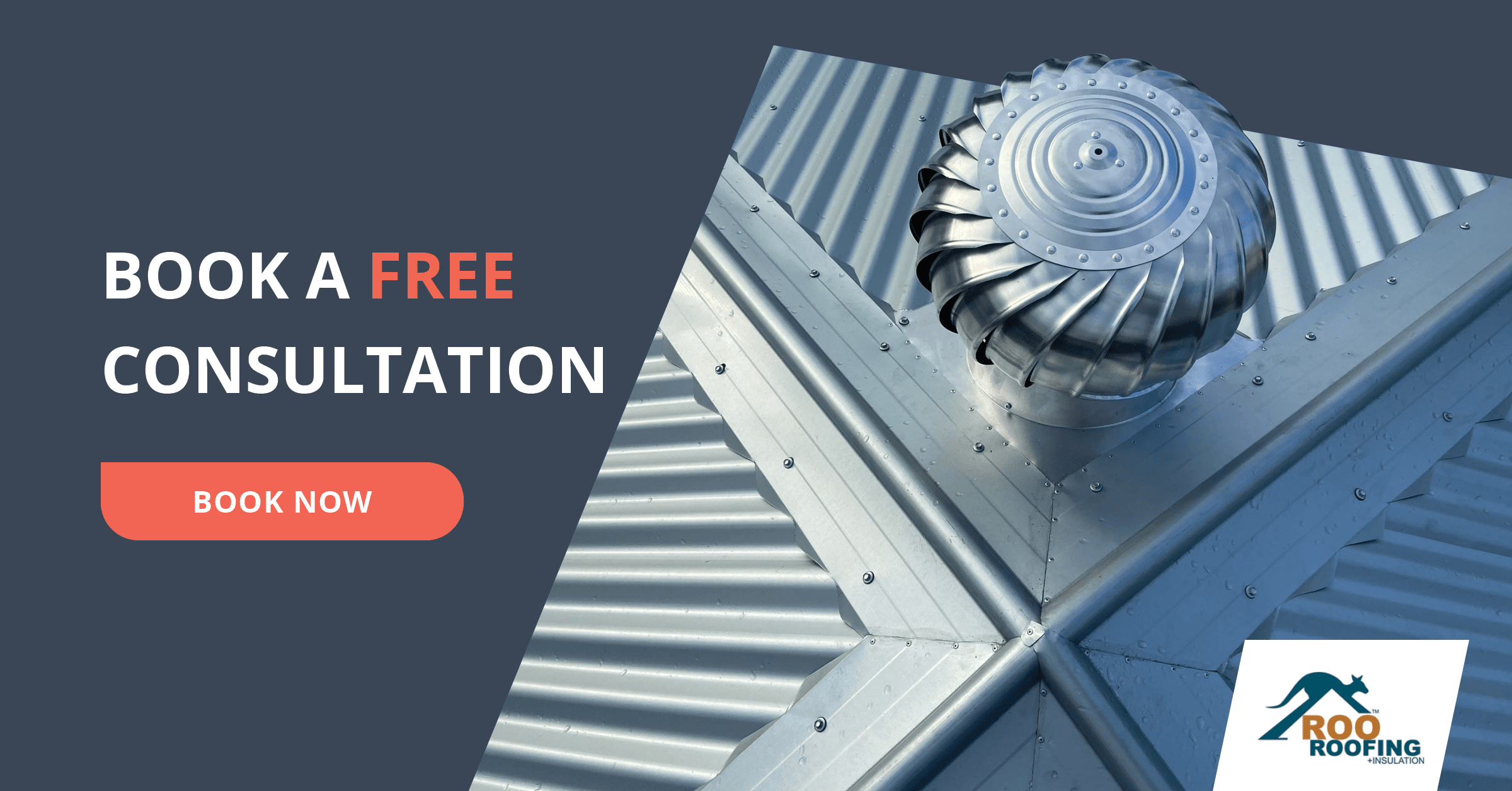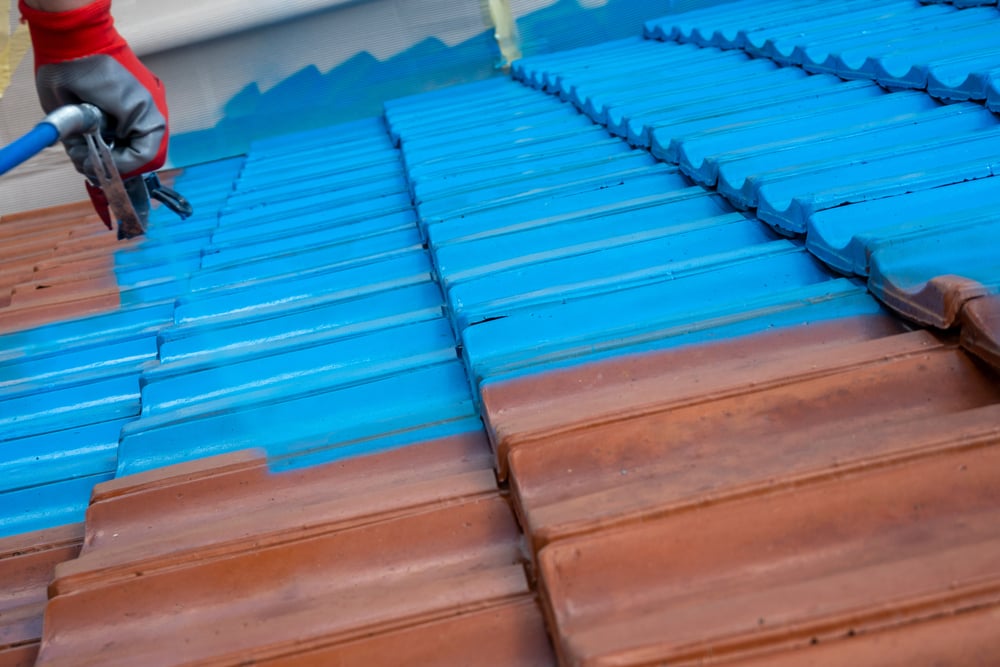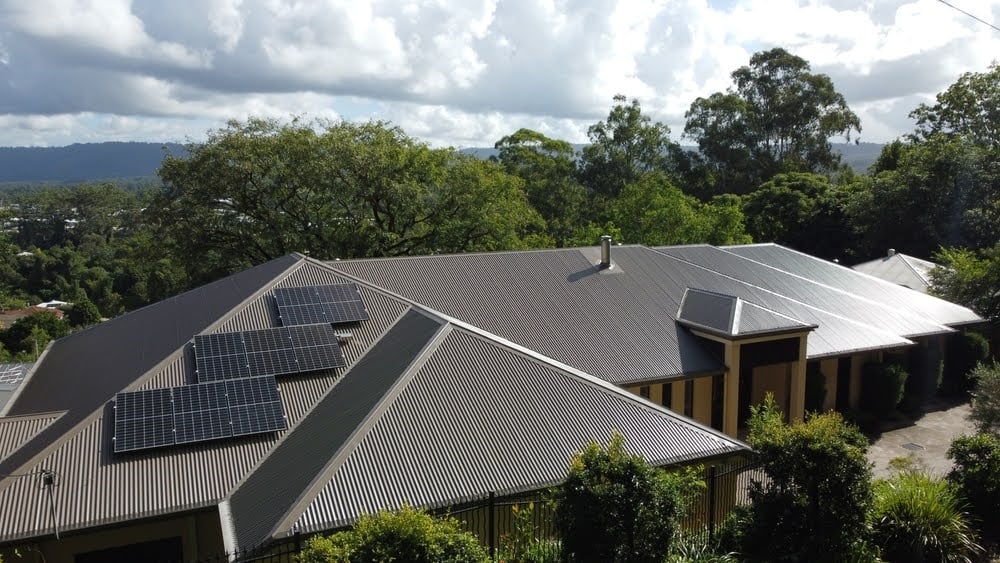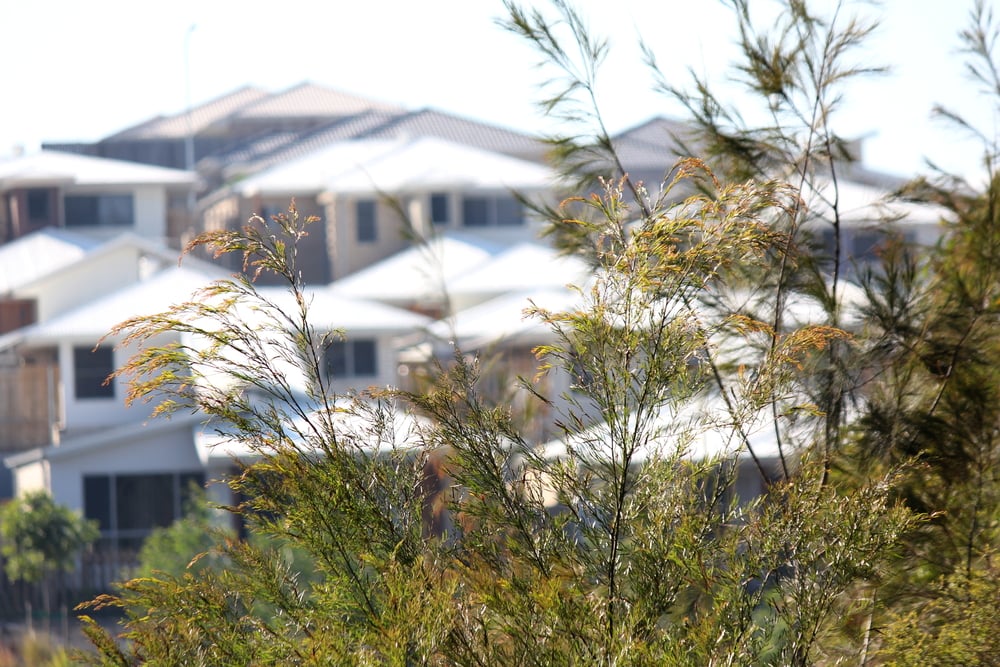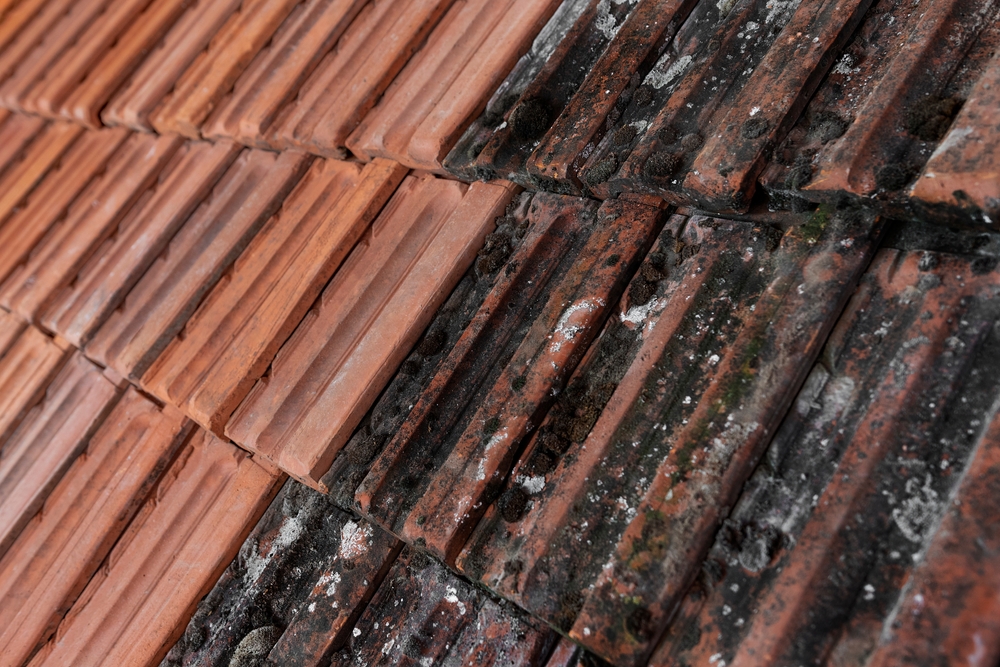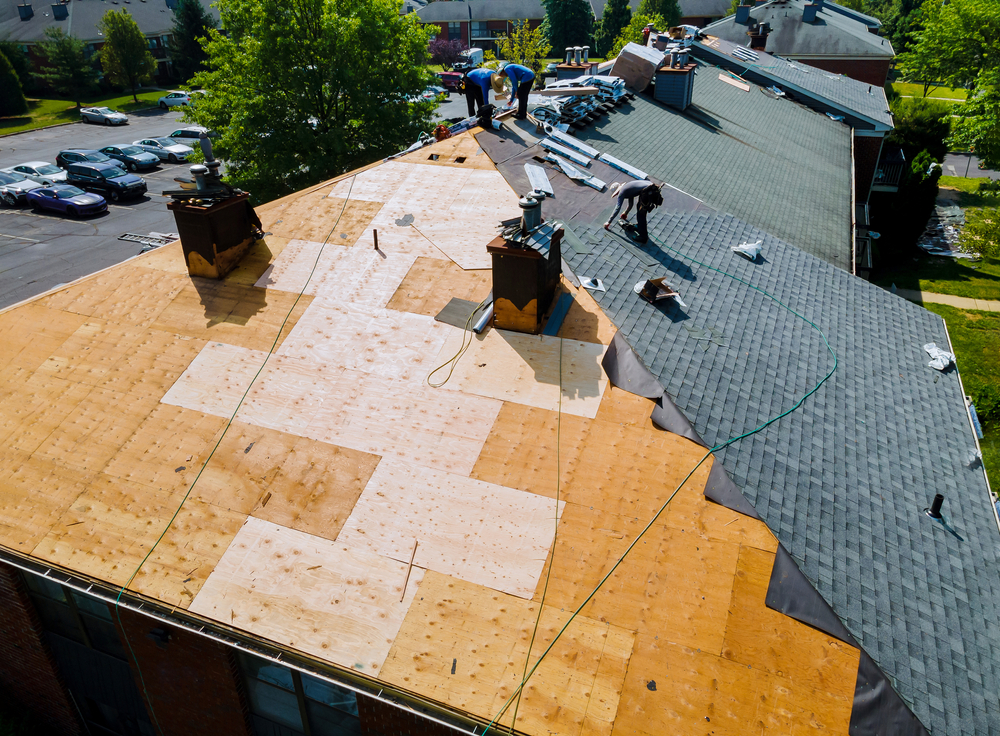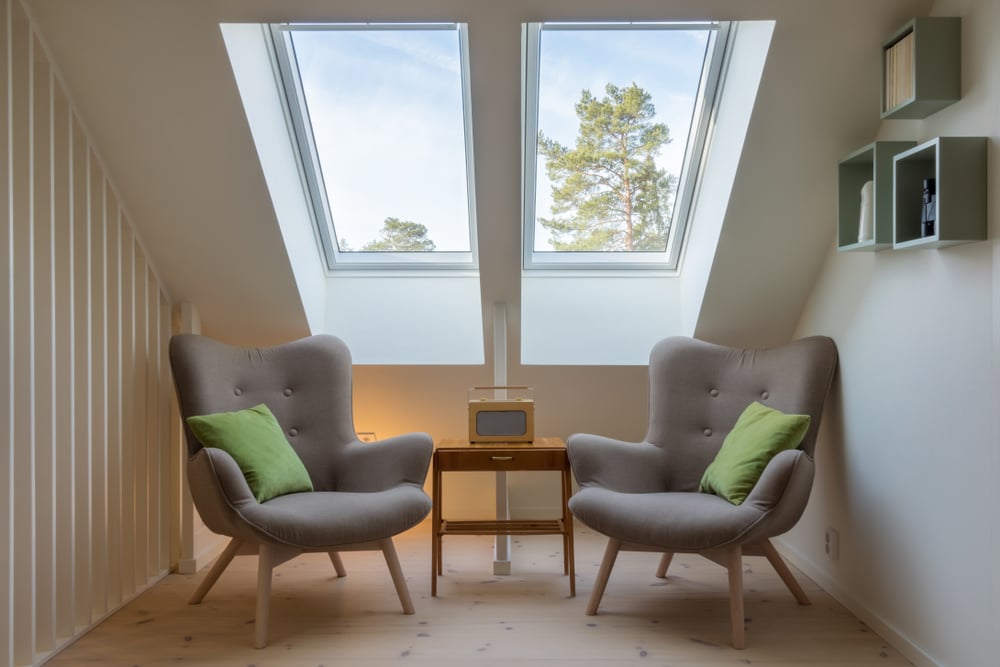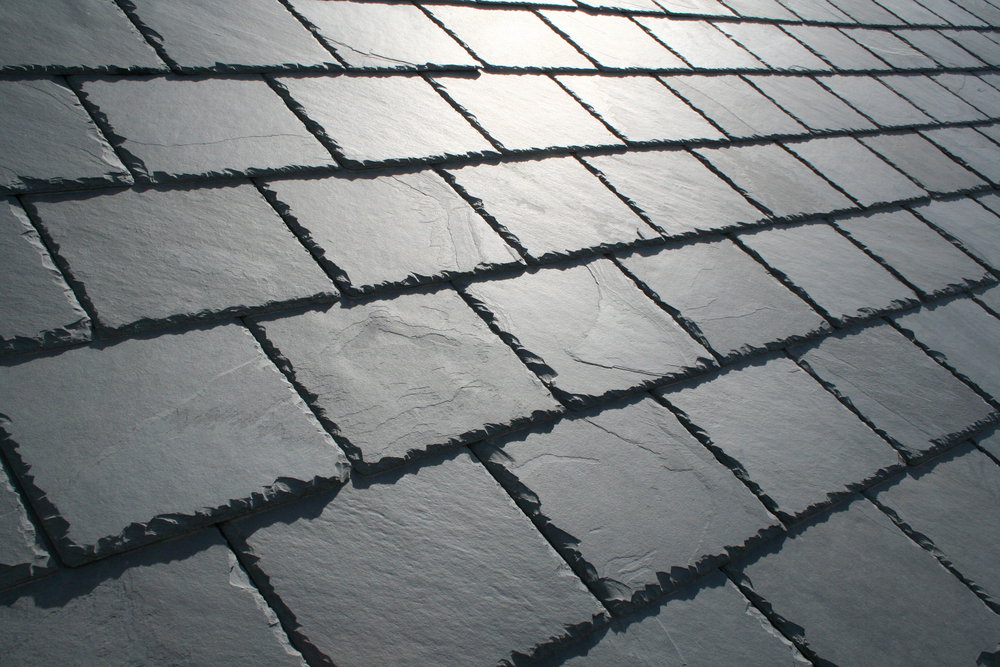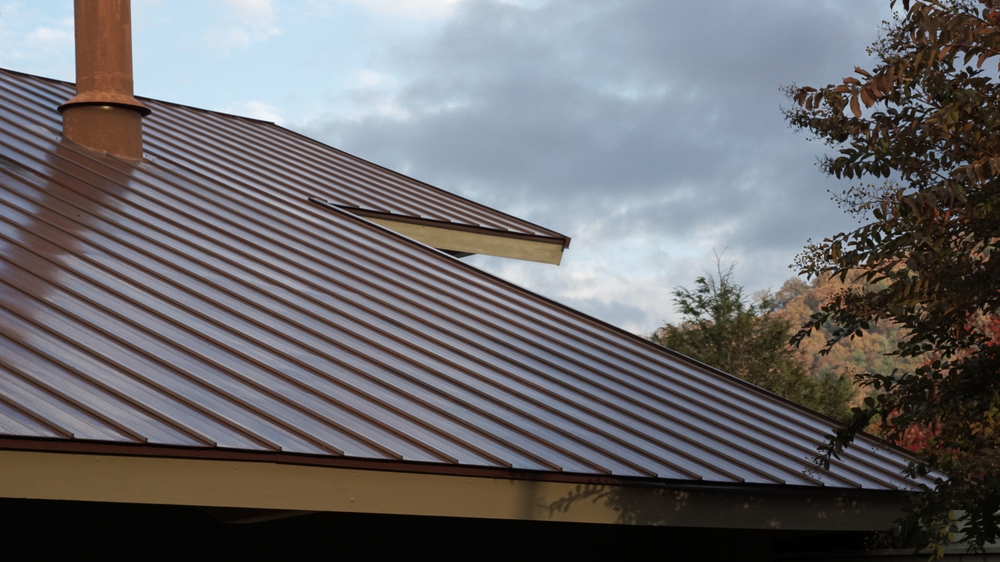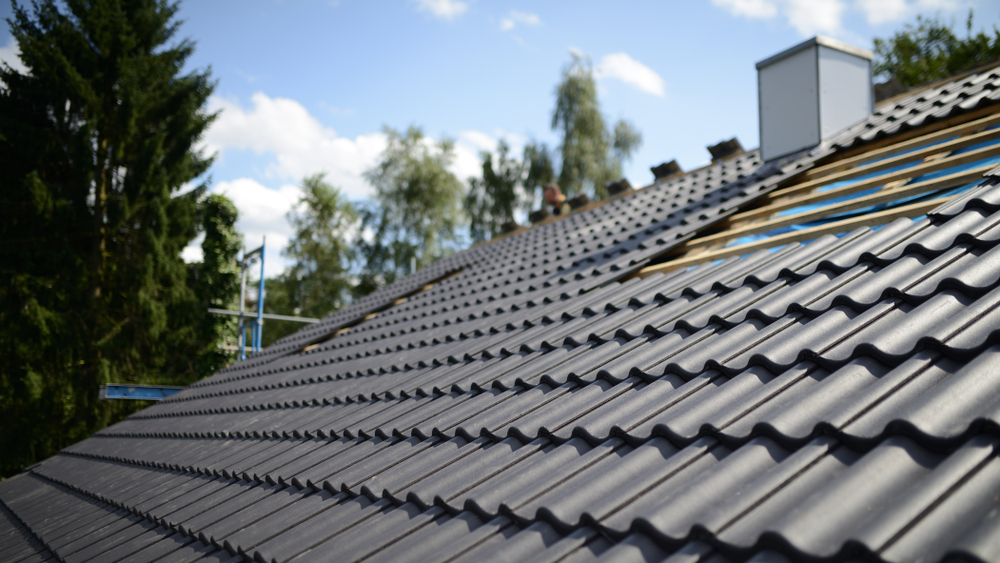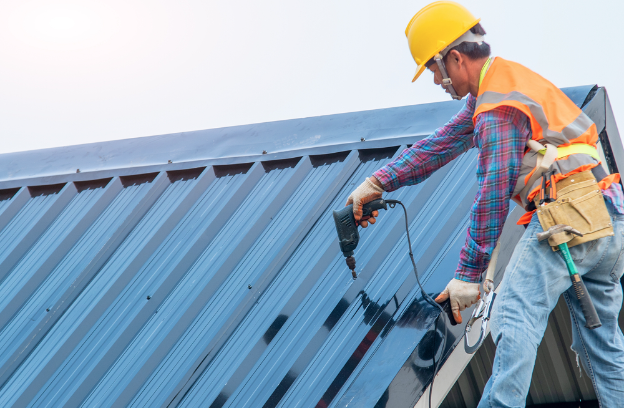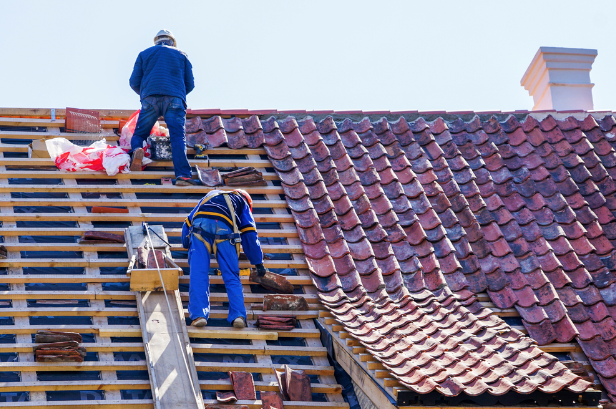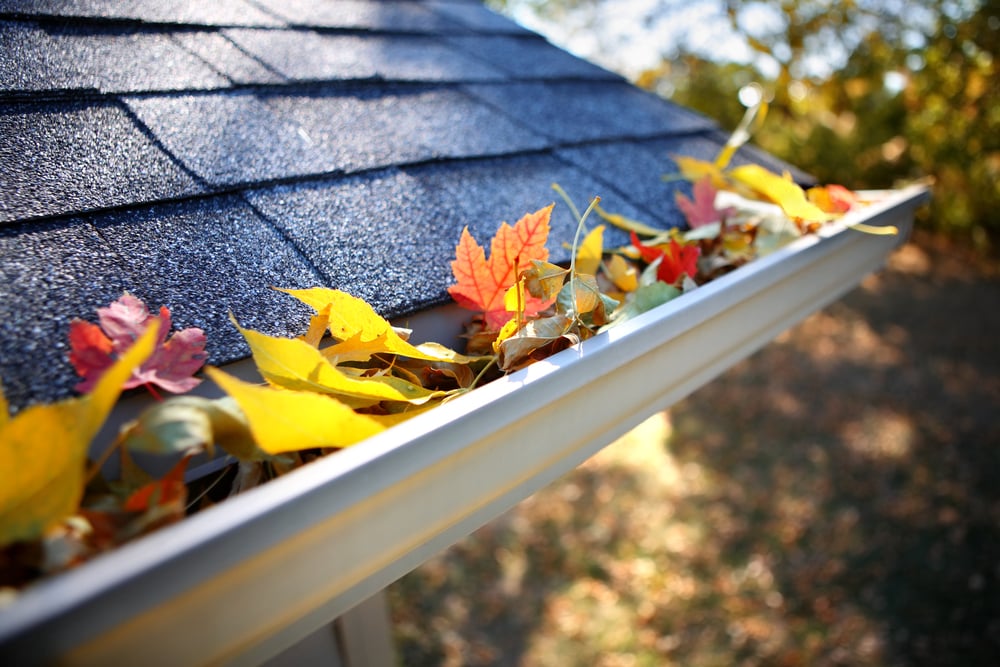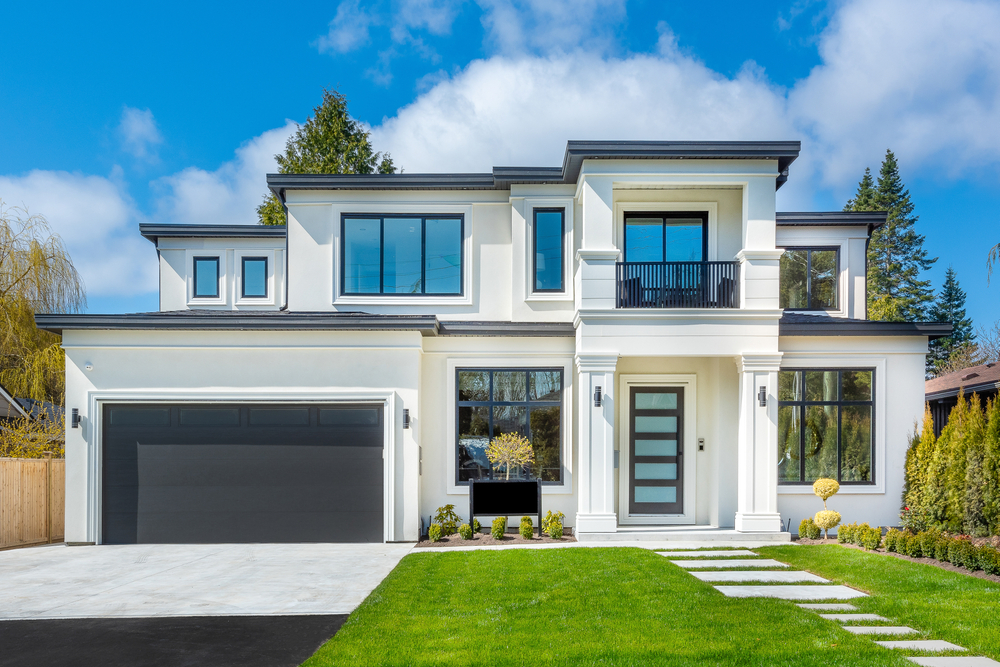
Jul
What Roofing Material will you use?
Options, options, options! Do you go with a traditional terracotta roof to compliment your new home’s facade? Or perhaps modernise it with a concrete roof? Or make it stand out with a sturdy, metal roof? Each roofing option has its own merits and downsides, and in this post, we look at the considerations to help you make your choice - what roofing material will you use?
Style
Concrete tiles have evolved from just your standard half-pipe tile. Like terracotta tiles, they can mimic a more traditional look and are available in a variety of colours.
Alternatively, you can go with using Colorbond metal roofing. Colorbond has a modern stylish look with clean lines and is available in a wide range of colours and suits all kinds of locations and tastes.
Soundproof-ability
While Colorbond roof aren’t known for the noise reduction abilities, it’s possible to minimise the noise with the use of acoustic blankets, foil, and insulation. Tile roofs (both concrete and terracotta) are admittedly much quieter than metal roofs, as they are denser and absorb more sound.
Weight
Colorbond is much lighter than concrete and terracotta tiles. This way your roof framing can be much lighter and rafter spacing can also be wider. Tiles can weigh up to 60 kilograms per square metre, opposed to steel at 5 kilograms per square metre. Unlike concrete or terracotta tiles, which tend to absorb a percentage of rainwater before it runs off, Colorbond roofing weighs the same whether it’s wet or dry.
If you’re considering adding a traditional Australian veranda to your property, it’s advised you go for Colorbond roofing as it’s suitable for use with flat roofs, minor pitches, and steep pitches.
Resilience & Maintenance
Colorbond is known to be more resilient that roof tiles. It’s easier to work on (maintenance work) than it is on tile roofs where you must be more careful walking on. The Colorbond manufacturing process also produces a material that is far more resilient and weather resistant than traditional tiles, thus requiring less maintenance.
Colorbond can withstand pretty much anything the Australian weather can throw at it, and it’s also non-combustible. However, this resilience can be a disadvantage if you need to add a vent, flue, or air conditioning after the roof has been installed, as it’s extremely difficult to penetrate. Tiles are preferred if you wish to modify a part of the roof later e.g installing a skylight.
You should also factor in colour oxidation and deterioration, as tiles can fade significantly within five years of installation. A Colorbond roof generally requires less maintenance and colours stay true for longer.
Cost
The total costs are normally not significantly different for each of them as it really depends on roof design including trusses, insulation etc. If you want to find out more about the different costs, you can organise a free consultation with us! Get in touch by clicking on the link below.








